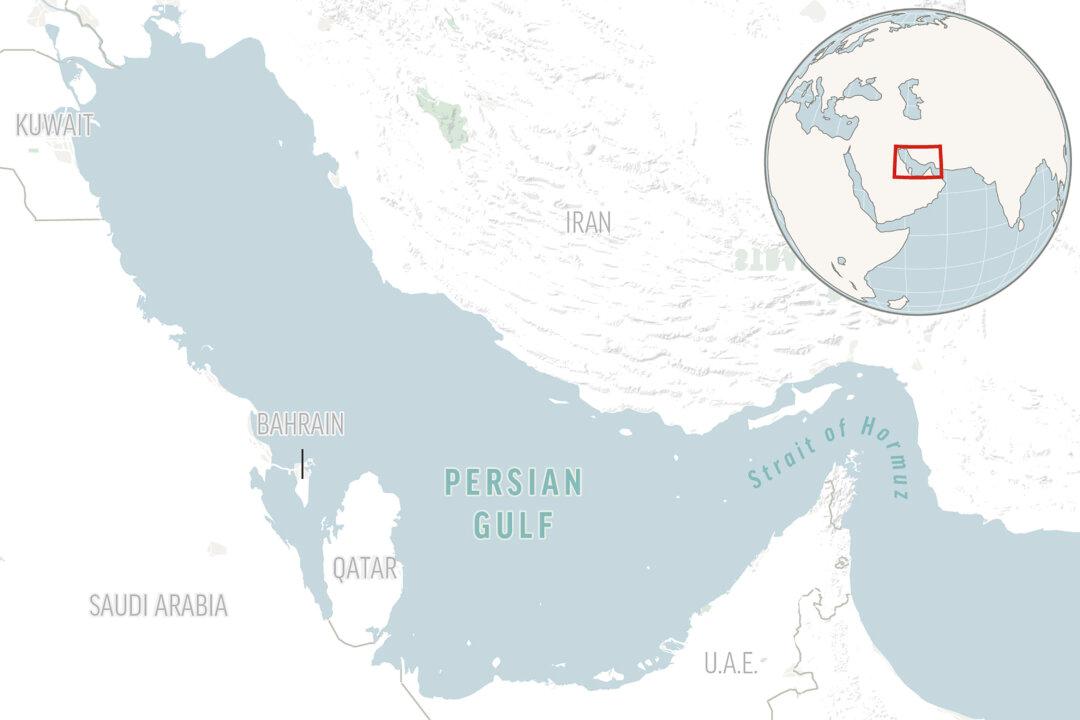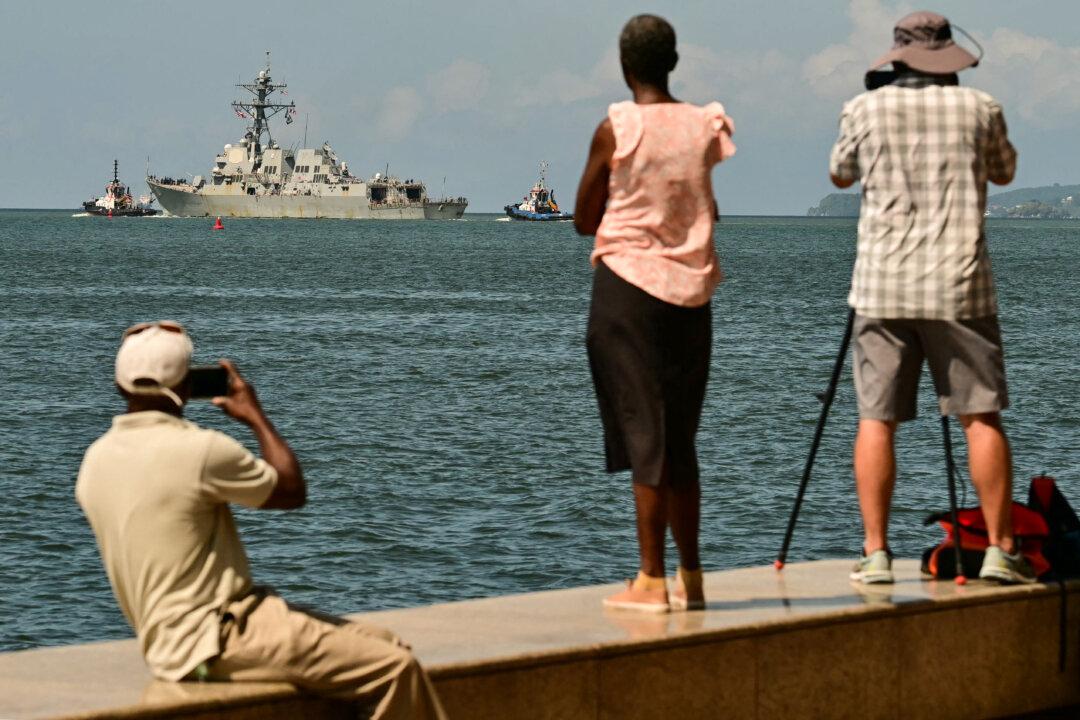Commentary
The most recent mock attack and harassment of U.S. warships had them being swarmed by dozens of Iranian drones and speedboats as they transited the Strait of Hormuz. This highlights just how vulnerable U.S. ships are while operating in Iran’s backyard, even as tensions rise over U.S. seizures of Iranian ships and Iran retaliates by seizing ships.





